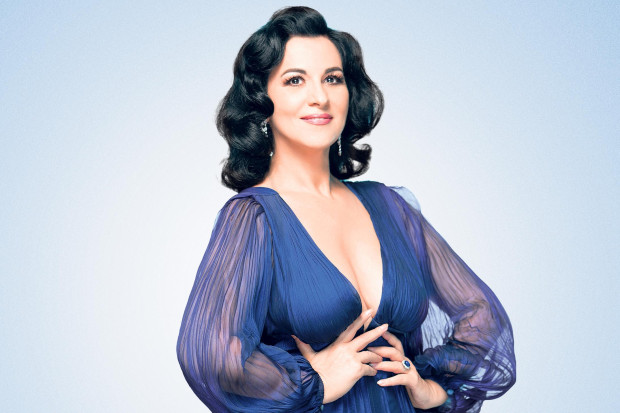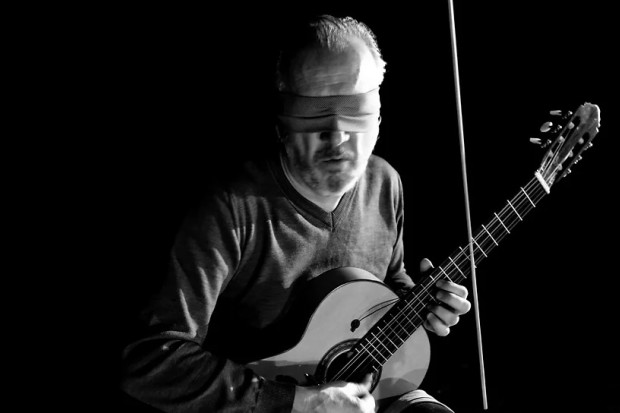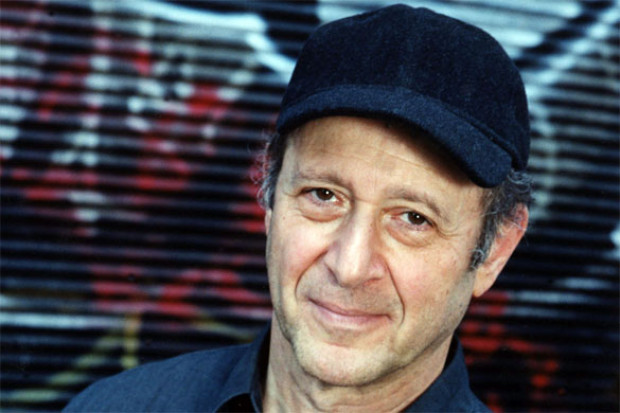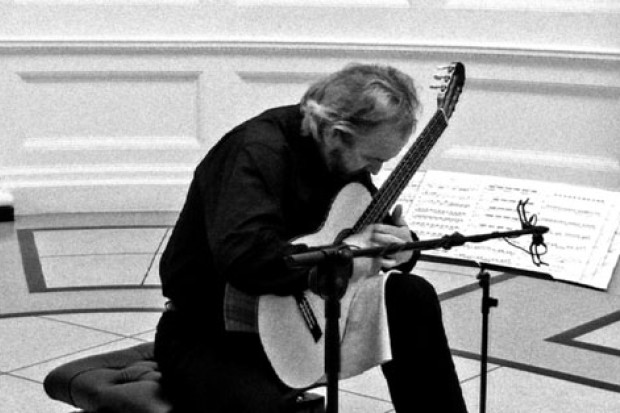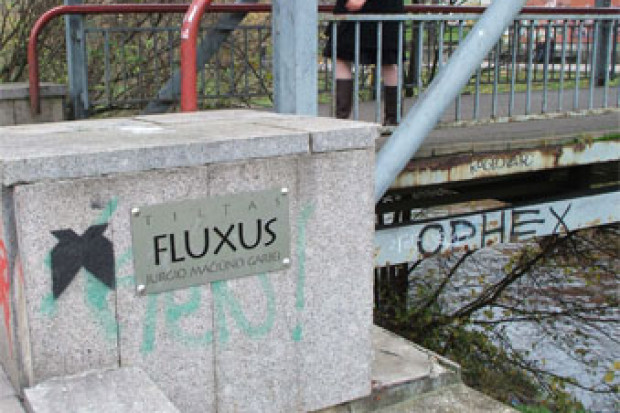
Frank Corcoran
Live Reviews: Corcoran, Ligeti, Leyendecker, and Hamel
Corcoran, Ligeti, Leyendecker, and Hamel – Hugh Lane Municipal Gallery, Dublin, 14 October 2001
The ‘Sundays at noon’ concert series at the Hugh Lane Municipal Gallery of Modern Art provide a rare and very welcome opportunity to hear contemporary classical music. A good sized audience took advantage of the free entry to hear a programme of ‘six threads’ woven together by Frank Corcoran on October 14th.
The concert featured works by Corcoran, Ligeti, Leyendecker, and Hamel, the connecting link being that of the Staatliche Hochschule für Musik und darstellende Kunst, Hamberg, where Corcoran has been professor of composition and theory since 1983. The event was a presentation by the Goethe Institut, in co-operation with the Association of Irish Composers.
The first piece was 6 Bagatelles for Wind Quintet by Gyorgy Ligeti (1953) played by the Daedalus Wind Quintet. This piece was written before Ligeti was driven from Hungary by the failed uprising of 1956. The composer himself describes them as ‘frankly, ancient and today they seem to me to be absolutely prehistoric’. Listening to them is like going to a Picasso exhibition and seeing the artists earliest works. There is no sign of the revolutionary methods to come. These short ‘Bagatelles’ are romantic, much lighter than is typical of Ligeti – and indeed the rest of the concert programme – but nonetheless show that Corcoran’s oldest Hamburg colleague was a master of conventional technique before evolving his later characteristic musical language.
Music for the Book Of Kells is a 1990 composition by Frank Corcoran. This performance by the RIAM Percussion Ensemble was its Dublin Premiere. The work is inspired by a notion of seventh-century Ireland as combining the heroic age of Celtic warriors with the rise of great Christian scholarship. The piece is surprisingly visual and it is entirely appropriate for composer to describe it as a ‘sound landscape’. The striking of bells evokes the round tower, the ominous rumble of the drums, the march of armies. Overall the feel of this work was dark and sinister with moments of real power.
The third concert piece was Hebräische Balladen by Ulrich Leyendecker (1993), a Professor in Hamberg alongside Frank Corcoran. Perhaps it was my lack of German, but this work was a distinctly less engaging part of the concert. Leyendecker’s piece is for soprano and piano, and while the technical ability of Rachel Talbot and David Adams was flawless in coping with its complex rhythmic and melodic changes, it may have also suffered from the acoustics at the Hugh Lane which seem to distort sound to the detriment of the lower tones.
Frank Corcoran’s second contribution to the concert was a Dublin premiere of his Third Wind Quintet, Sweeney’s Wind-Cries, played by the Daedalus Wind Quintet. The story of the semi-mad seventh century king, transformed into a bird, condemned to flying about Ireland with unrecognised meaning to his apparently nonsensical twitterings has long been an interesting image for Irish artists and Sweeney has featured surprisingly often in literature, theatre and music. The Quintet reflects its subject matter by being a dualistic piece, hovering between recognisable form and inchoateness. It is ‘one long argument’ as the composer put it in his pre-concert talk, between discipline and freedom, between a tiny figure appearing in the opening arpeggios and a swirling world of suffering about them. Sometimes on first being exposed to a complex piece of music you half catch the feel of it – enough to want to hear it again and absorb it. So it was with this work, not as immediately engaging as, say, Music for the Book of Kells, but if you had a version on CD you would want to play it repeatedly until you had grasped the argument.
The fifth of the threads was a Dublin premiere of Die Steine (text by Erich Fried) composed by Peter Michael Hamel (1995) originally for the chamber orchestra, but adapted for this performance with Rachel Talbot, soprano, David Adams, piano and John Finucane, clarinet. Hamel is an interesting composer, very rarely played in Ireland despite his many years in Mayo. He has engaged on a life-long exploration of the connection between music and self-identity and has travelled widely, particularly in connection with studying Asian philosophies and religions. The composers’ focus on communication with the audience was evident in the role given to the human voice, again flawlessly performed by Rachel Talbot. Once more, having a knowledge of the text would have helped, although without it the mind was free to speculate on the suggested musical images – say, of hard enduring stone set in windy landscapes.
The concert concluded with Frank Corcoran’s Trauerfelder-Goirt An Bhróin (1995) with RIAM Percussion Ensemble. This piece arose from commission by the Ministry of Culture to mark the 50th year of the Jewish community’s liberation from Auschwitz. Now in my experience, over 90 per cent of cultural references to the Holocaust come to grief. It is often an image used to evoke horror, without any depth to the actuality of the horror and as such over the years has become debased. The difficulty of this composition is that not only is the composer not Jewish, nor German, but he was asked to ‘celebrate’ the liberation. Wisely Corcoran refrained from obliging with a happy ending. The music is funereal, sombre and at the same time it does not shirk from its subject matter. Very visual images are created by the use of chains, whistles and tam-tams. By steering between impertinence and avoidance Corcoran succeeds in creating an affecting and intense piece of music intimately bound up with its subject.
The performances throughout the whole concert were expert, and really made you appreciate the fact that the fruits of such an investment of time and talent were given to the public for free.
Overall, the concert was well chosen, and if some of its parts were demanding, they were more than balanced by the immediacy and sensuality of Corcoran’s landscapes – almost as visual as the paintings that surrounded us.
Published on 1 November 2001
Conor Kostick is a writer and journalist. He is the author of Revolution in Ireland (1996) and, with Lorcan Collins, The Easter Rising (2000).










